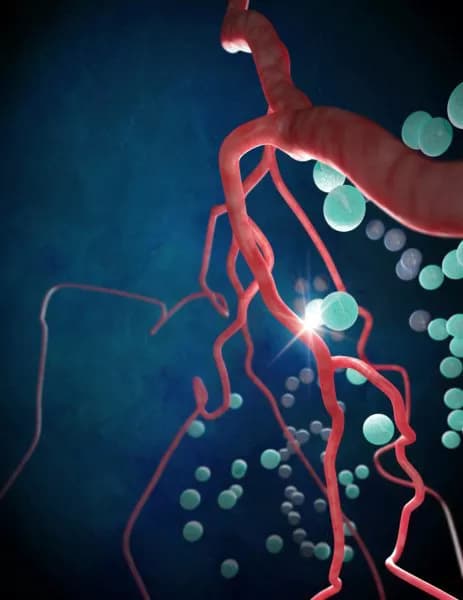
Out Of Tune: Mismatch Of Vascular, Neural Responses Suggests Limits Of fMRI
In an article published online ahead of print on May 25, 2016 in Nature, investigators at the Medical University of South Carolina (MUSC) report that, during sensory stimulation, increases in blood flow are not precisely "tuned" to local neural activity, challenging the long-held view that vascular and local neural responses are tightly coupled.
Many brain-imaging techniques that rely on changes in the flow and oxygenation of blood--including functional magnetic resonance imaging (fMRI)--assume that vascular changes reflect a proportional change in local neural activity.
"Because there isn't enough blood to send everywhere in the brain at the same time with the optimal levels of oxygen and glucose needed to support neural activity, it is widely accepted that the brain has a built-in auto-regulatory mechanism for increasing blood flow to regions with increased activity," says Prakash Kara, Ph.D., Associate Professor in the Department of Neurosciences at MUSC and senior author on the Nature article.
But how precise is this auto-regulation? With resolution typically at about one millimeter, the fMRI signal represents the blood flow averaged across many blood vessels. Using micron-scale resolution two-photon imaging in an animal model, the MUSC team studied blood flow in single vessels simultaneously with neural activity.
In higher mammals, the neurons in the visual cortex are organized into columns, each of which specializes in responding to a specific stimulus orientation. For example, neurons responding to a "horizontal" stimulus reside in one column and those to "vertical" in another. When the specialized neurons in one of these columns respond to a horizontal stimulus, for example, it would be expected that the blood vessels in the vicinity would likewise respond by dilating and increasing blood flow locally if vascular and neural responses are indeed congruent.
Instead, Kara and colleagues showed that, while blood flow did increase with neural activity, it also increased in response to certain sensory stimuli that did not evoke local neural activity.
To account for this "surplus dilation" and the resultant increase in blood flow, Kara and colleagues have devised a hypothesis. "The blood vessel dilation triggered by local, selective neural activity does not remain entirely local," says Kara. "From a vessel deep within the brain, the dilation propagates up along the vessel walls into a surface vessel and then down into other vessels that enter neighboring columns."
Thus, there appears to be no tight correlation between blood flow and local neural activity, and so hemodynamic imaging techniques such as fMRI may only reveal a "blurred" representation of the underlying neural activity.
The news for fMRI could then be mixed. The good news is that the strongest vascular response matched the strongest nearby neural activity, suggesting that fMRI has much to tell us about the general function of an area of the brain. The bad news is that precisely mapping neuronal circuitry could be forever out of fMRI's reach.
But Kara cautions that much more work is needed, particularly on the generalization of this principle of "surplus dilation" and blood flow occurring in response to other forms of sensory stimuli. "Our team has just taken the first step, albeit an important one, in untangling the spatial precision of neurovascular coupling using very high-resolution imaging," says Kara.
The above post is reprinted from materials provided by Medical University of South Carolina. Note: Materials may be edited for content and length.
Disclaimer: DoveMed is not responsible for the adapted accuracy of news releases posted to DoveMed by contributing universities and institutions.
Primary Resource:
O’Herron, P., Chhatbar, P. Y., Levy, M., Shen, Z., Schramm, A. E., Lu, Z., & Kara, P. (2016). Neural correlates of single-vessel haemodynamic responses in vivo. Nature.
Related Articles
Test Your Knowledge
Asked by users
Related Centers
Related Specialties
Related Physicians
Related Procedures
Related Resources
Join DoveHubs
and connect with fellow professionals

0 Comments
Please log in to post a comment.